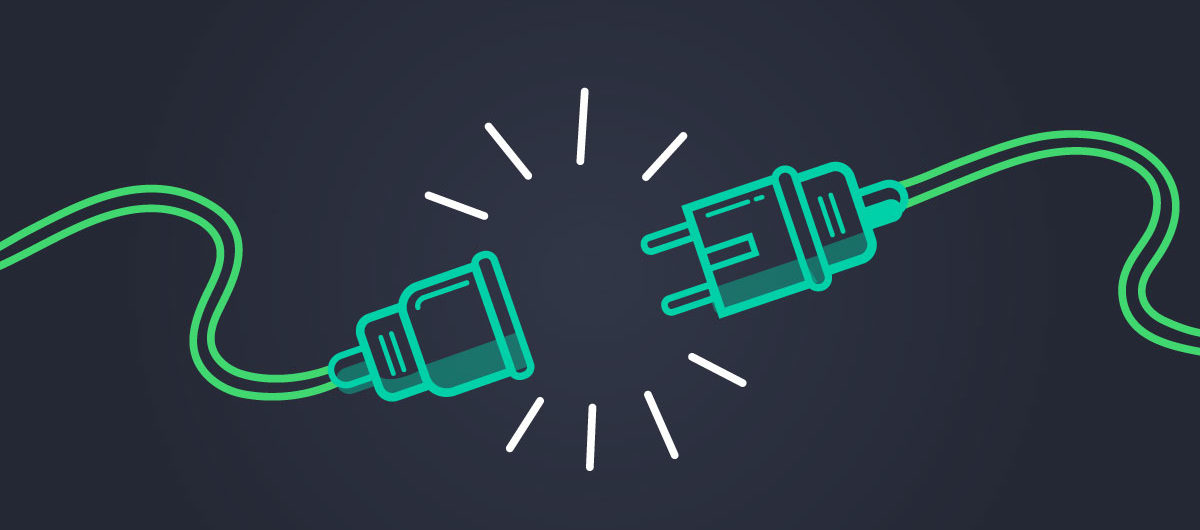Application development has come a long way in recent years, with companies gaining the ability to quickly deploy changes on-demand. But the DBmaestro Database Delivery Automation Playbook exposes a worrying fact. When it comes to databases, only 12% of respondents were able to deploy database changes on a daily basis.
The fact of the matter is simple – your DevOps pipeline will break whenever manually-operated databases get involved. Besides slower development, this makes life difficult for database administrators (DBAs), development team leaders, IT professionals, CISOs, and anyone else who is related to the process. Slower time to market and lower quality also become serious issues, as does productivity.
#1. Configuration Drift Issues
According to the research conducted by DBmaestro, configuration drifts account for 70.3% of database errors. This number makes it the largest and most impactful roadblock. The problem originated from the inconsistency between the various database versions. When a wrong version goes into production, it creates major operational and deployment issues due to code drifts and inconsistencies.
But how does an unintended version reach production? The lack of consistent recording of database changes, patches, and updates leads to unnoticed discrepancies between the source control and the database. After several iterations, the differences can snowball. As versions multiply, the root of the problem gets harder to pinpoint, which slows down mitigation ops and generates more issues.
An eCommerce application in the peak season (Black Friday) makes a great example. The company is forced to scale up due to an increasing number of customers. The configuration drifts occur when the company scales back down to the previous version (pre scaling up). If the changes that were made during the peak season went undocumented, they will lead to configuration drifts and performance issues.
Related: Demystifying Database Configuration Drifts
#2. Manual Deployments cause Bottlenecks and Delays
The workload of database administrators (DBAs) has been gradually increasing over the last few years as DevOps pipelines become more and more dynamic with multiple iterations. They have to deal with twice as much work as before. Due to the manual nature of the tasks, DBA teams slow down the workflow of the entire company and also commit errors that simply become unavoidable.
In the end, it becomes hard to find the balance between delivering frequent releases and ensuring the quality of the database. Poor deployments lead to increased operational costs and security bottlenecks. With so much at stake, it is vital to decrease the amount of manual labor. Automating some of the DBA’s ongoing tasks helps companies provide better quality and more frequent deployments.
#3. Manual Deployment Increases the Risk of Failure
As mentioned above, manual database processes cause bottlenecks that lead to security risks, resource wastage, and cost spikes. Database downtime also leads to brand damage and lower customer satisfaction, which can directly affect business metrics. Without automation, your DBAs will spend too much time on mundane procedures, leaving them fewer resources to work on quality and design tasks.
Database deployment automation eliminates human errors and accelerates development. DBAs can then use their resources to improve quality and design.
#4. Changes to Application Code Fail to Take into Account the Unique Nature of the Database
The DevOps methodology is now the globally accepted standard of software development. Its incremental nature has led to more frequent code changes. In the tight schedule of software development cycles, DBAs are forced to accept the code changes quickly, sometimes even without having a chance to thoroughly review them. As a result, the door is wide open to malfunctions and security exploits.
Integrating database delivery into your DevOps pipeline allows the organization to involve DBAs from day one. When all your departments, including developers, operations, and DBAs are engaged from the beginning of the software development cycle, the deployments benefit from the newly created transparency. Cross department collaboration improves significantly. A true win-win situation.
Related: The 8 Principle of Continuous Delivery
#5. Database Delivery Issues are Discovered Late
When done manually, database reviews occur right before each deployment with zero mitigation time. While DBAs are reviewing the changes to the previous sprint, developers have already moved on to the next one. If some changes cause issues and have to be declined, the development team is forced to interrupt the new sprint and go back to the previous one. This causes delays and frustration.
Time constraints hurt review quality, adding even more bottlenecks. Hastily going through the changes right before the deployment is not effective enough.
#6. Lack of Self-Service Leads to Issues
Besides dealing with endless tickets from developers, DBAs spend roughly a third of their time on database changes. Not only does it extend the inconsistencies and create additional bottlenecks, but it also puts too many tasks on their plate. On top of that, as application code is automated within the DevOps paradigm and database code is not, the feedback loops become inconsistent and lose their value.
By giving developers the freedom to access the information they need without going through DBAs at first, you establish more constructive collaboration between the departments. Finally, the implementation of database release automation guarantees error-free deployments and accelerates the entire development process without sacrificing quality or productivity.
#7. Security and Compliance
In such an intense work environment with so many manual procedures, mistakes are going to be made. Some of the mistakes will also jeopardize security. Software development requires multiple developers to access the code every day, often from various locations. Without proper governance and ongoing permissions management, you will expose your system to many potential security threats.
Database release automation also facilitates the implementation of compliance automation. Keeping your finger on the pulse of industry standards and regulations (GDPR, HIPAA, etc. ) will protect you from the expensive legal consequences of audits and possible financial fines. Finally, complying with regulations will optimize your license management, while bolstering hardware and software capacity.
Related: 5 Pillars of Database Compliance Automation
#8. Lack of Transparency and Visibility
Transparency is a vital element of a smooth DevOps ecosystem. Manual database management and lack of monitoring make data hard to access and analyze.
Without a clear and structured process of interaction with data, it is difficult to make actual improvements. A holistic software tool that oversees every part of the development process, including database management, allows you to build a functional ecosystem. Once you enable transparency in your processes, you unlock the company’s potential to enhance efficiency and provide high-quality solutions.
#9. Long feedback loops
DevOps requires continuous communication between all the departments involved to connect the dots and establish Continuous Integration and Continuous Delivery (CI/CD). Quality assurance and database administrators need to be active members in order to create a smooth and seamless DevOps pipeline. But more often than not, this is not the case. The collaborative aspect needs to be addressed.
Much like application development and testing, database reviews have to become an integral part of the DevOps workflow. There needs to be a massive Shift Left move when it comes to databases and involving DBAs. Not only does this reduce frustration and delays, but it also eliminates the need to revisit old code. This allows developers to focus on what really matters: writing code and creating new features.
#10. Conflicting Priorities
Every professional has conflicting priorities when it comes to DevOps. While developers focus on changes, DBAs try to preserve stability. This conflict of interest, when not addressed, leads to quality losses and poor releases. The key is to establish continuous feedback loops and involve both parties in the process as early as possible. Waiting till the end of the sprint to review changes is a failing system.
Database delivery automation is the solution to the developer-DBA conflict that can ensure clear communication channels and continuous feedback.
To sum it up, automation with self-service for your database will empower your organization to release faster, without getting caught up in configuration drifts and other common bottlenecks that can have a negative effect on your time to market and quality standards. Achieving repeatability with your database delivery will complete your DevOps pipeline and create a sustainable flow with governance already baked in for smooth compliance audits.





